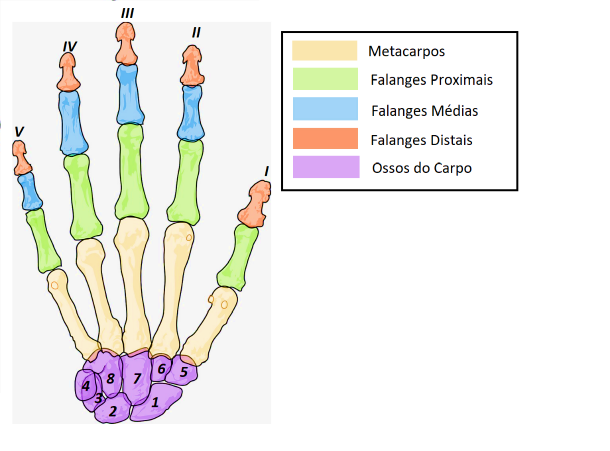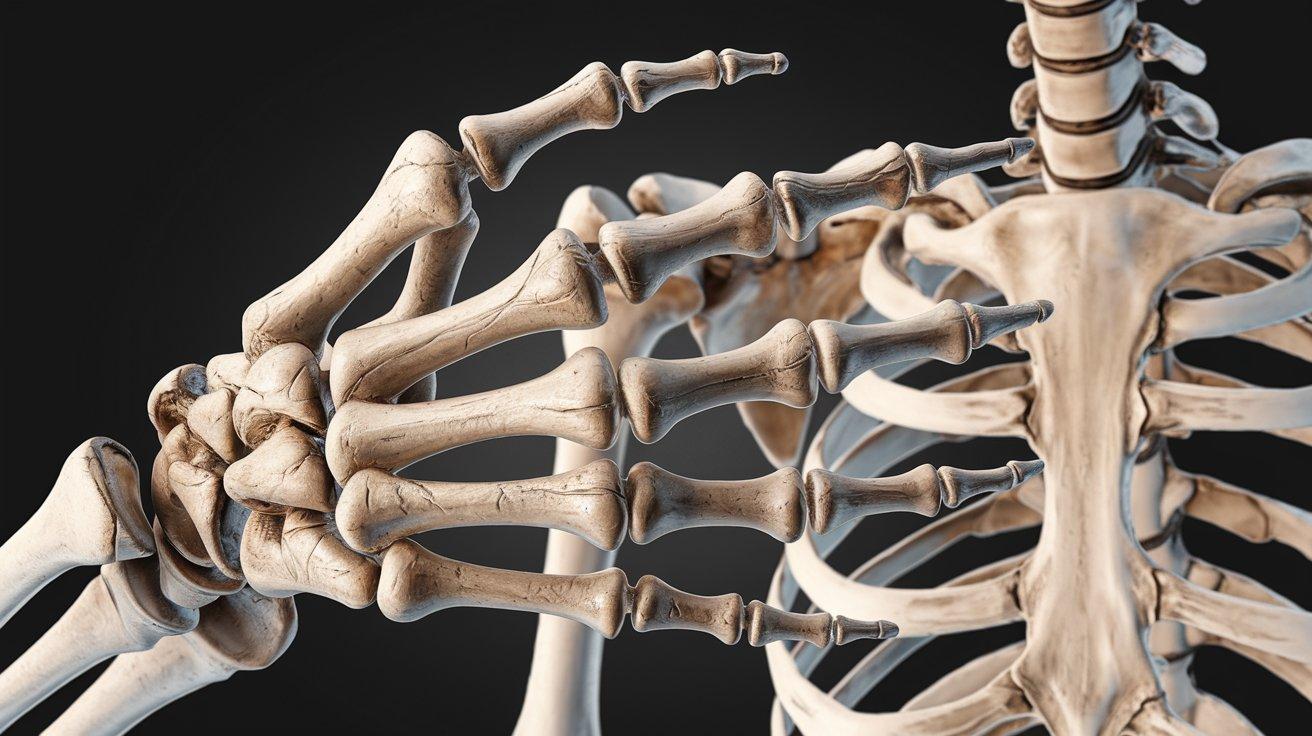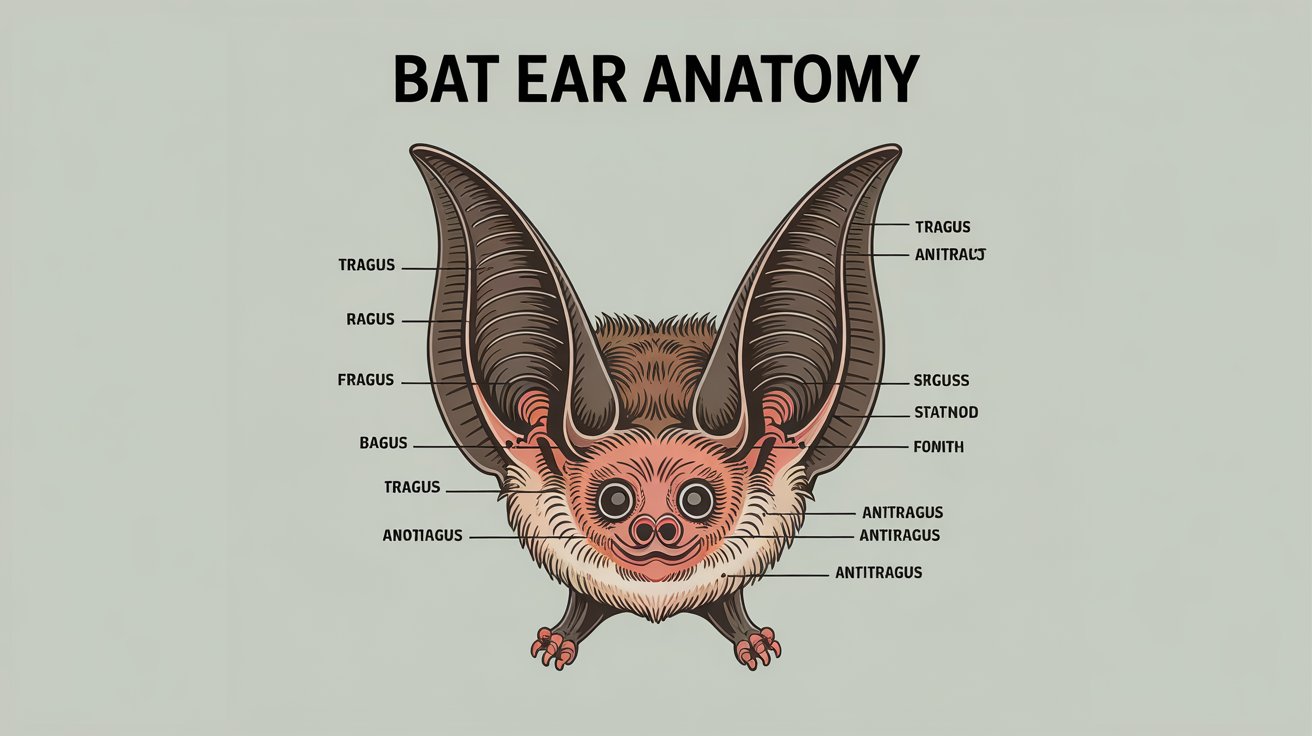Skeleton hand. Before you start, never forget to have a good book/atlas like Sobotta, Netter, and Moore. The best way to study anatomy is by looking at the pictures and drawing. Also, read some wonderful tips for studying anatomy. So, let’s go!
About the hands:
Our hands have several peculiarities, such as the lines on the palm of our hand that help create friction to make it easier to grip objects, the lines that form our UNIQUE fingerprints, the palm of our hands, which is always lighter than the rest of the skin, as there are fewer melanocytes in this area. In short, there are several unique characteristics present in our hands, and some of them make us unique in the world.
Bones that form the Skeleton hand:
Skeleton hand. The bones and joints that form our hands, which correspond to the final part of the upper limbs, ensure that we can perform numerous functions daily. It is with them that we perform actions such as our manual activities, eating, drinking, writing, and picking up objects (pinching movement between the thumb and other fingers), among countless other actions.
Despite being small in size, the hand is one of the regions of the body with the largest number of bones, consisting of 27 bones, and is divided into 3 parts: carpus (wrist), metacarpus, and phalanges (fingers). Don’t think, “Oh, just to complicate things, right?” You will see how easy it is to learn the bones of the hand in a short time.
Carpus:
The carpus or wrist, the first part of the hand, is made up of 8 bones. In the proximal row – near the forearm – there are 4 bones: scaphoid, semilunar, triquetrum, and pisiform. And in the distal row – near the fingers – there are the other 4 bones: trapezium, trapezoid, capitale, and hamate.
Note: The bones of the two rows are named from lateral to medial according to the anatomical position.
• Scaphoid: It is the largest bone in the proximal row of the carpus and also the most lateral in the anatomical position. It is below the anatomical snuffbox known as the scaphoid tubercle, which is easily palpable. It articulates with the radius, and with the trapezium, trapezoid, semilunar and capitate bones.
• Lunate: Moon-shaped bone, as the name suggests. It is located between the scaphoid bone and the pyramidal bone. The lunate articulates with the radius and with the carpal bones, such as the scaphoid, capitate, and pyramidal.
• Pyramidal: It has the shape of a pyramid. It articulates with the radius, and with the pisiform hamate and semilunar bones.
• Pisiform: It is a small bone of the proximal row of the carpus, which lies on the palmar surface of the pyramidal bone. It articulates with the head of the radius and with the pyramidal bone.
The distal row is composed from lateral to medial by:
• Trapezoid: It has 4 surfaces that articulate with the metacarpal bones I and II; with the scaphoid and trapezoid bones.
• Trapezoid: Similar to the trapezium bone in its shape. It articulates with the metacarpal II, trapezium, capitate and scaphoid.
• Capitate: Largest carpal bone. It articulates with the metacarpal III, trapezoid, hamate, scaphoid, and lunate.
• Hamate: Last bone of the distal row of the carpus. It is a palpable bone due to an anatomical accident present, the hamate hamulus. The hamate bone articulates with the metacarpals IV and V, capitate, semilunar, and triquetrum.
Metacarpus:
Skeleton hand. The second part is the metacarpal. The metacarpal bones are formed by the base (more proximal, which articulates with the carpal bones), body, and head (more distal, which articulates with the phalanges). There are 5 metacarpal bones, with metacarpal I – the thumb bone – being the shortest and widest of all. Metacarpal III contains the styloid process laterally at its base.
Phalanx:
Skeleton hand. The third part is the phalanges, with 3 phalanges: proximal, middle, and distal. Three parts form them: a proximal base, a body, and a distal head. All fingers have 3 phalanges, the proximal, middle, and distal, except the thumb which contains only 2 phalanges: the proximal and the distal.






